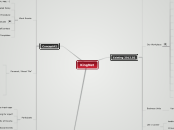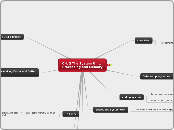作者:Mario García López 7 年以前
395
William Turner
J. M. W. Turner's early oil painting "Fishermen at Sea," also known as the Cholmeley Sea Piece, was first exhibited at the Royal Academy in 1796. Turner, an influential figure in Romanticism, began his formal art education at the Royal Academy of Art schools at the age of 14 and was admitted a year later, with Sir Joshua Reynolds chairing the panel that accepted him.









